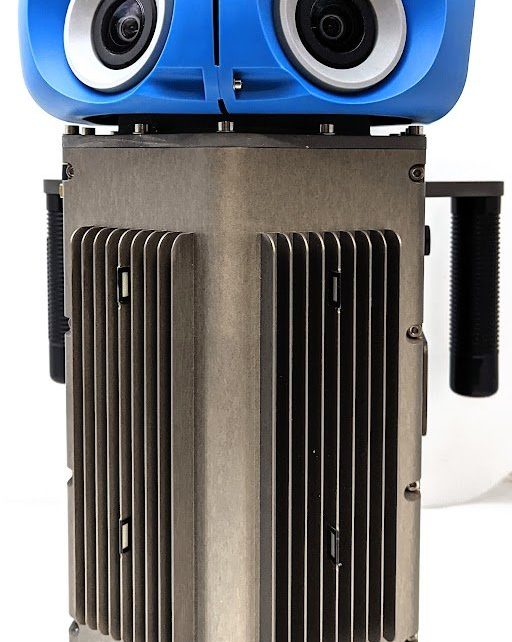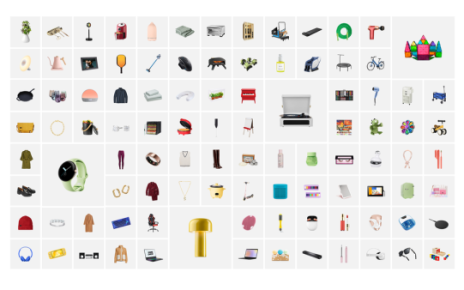Fifteen years ago, Street View began as a far-fetched idea from Google co-founder Larry Page to build a 360-degree map of the entire world. Fast forward to today: There are now over 220 billion Street View images from over 100 countries and territories — a new milestone — allowing people to fully experience what it’s like to be in these places right from their phone or computer. And Street View doesn’t just help you virtually explore, it’s also critical to Google’s mapping efforts — letting you see the most up-to-date information about the world, while laying the foundation for a more immersive, intuitive map.
Google is now unveiling Street View’s newest camera, giving you more ways to explore historical imagery, and taking a closer look at how Street View is powering the future of Google Maps.
From the back of a camel in the Arabian desert to a snowmobile zipping through the Arctic, we’ve gotten creative with the ways we’ve used Street View cameras to capture imagery. And if there’s one thing we’ve learned, it’s that our world changes at lightning speed. Our hardware is one way we’re able to keep up with the pace.
In addition to the Street View car and trekker, the company is piloting a new camera that will fully roll out next year to help collect high-quality images in more places. This new camera takes all the power, resolution and processing capabilities that we’ve built into an entire Street View car, and shrinks it down into an ultra-transportable camera system that’s roughly the size of a house cat. But unlike house cats, it’s ready to be taken to remote islands, up to the tops of mountains or on a stroll through your local town square.
Here’s a quick look at the new camera system:
- It weighs less than 15 pounds. This means it can be shipped anywhere. This is especially handy when working with partners around the world to capture imagery of traditionally under-mapped areas — like the Amazon jungle.
- It’s extremely customizable. Previously, Google needed to create an entirely new camera system whenever it wanted to collect different types of imagery. But now, it can add on to this modular camera with components like lidar — laser scanners — to collect imagery with even more helpful details, like lane markings or potholes. These features can be added when needed, and removed when they don’t.
- It can fit on any car. The new camera can be attached to any vehicle with a roof rack and operated right from a mobile device — no need for a specialized car or complex processing equipment. This flexibility will make collections easier for partners all over the world, and allow us to explore more sustainable solutions for our current fleet of cars — like plug-in hybrids or fully electric vehicles. You’ll start seeing our new camera in fun Google colors alongside our iconic Street View cars and trekkers next year.
Traveling back in time with Street View 🕰️
Street View is all about capturing the world as it changes, and it’s also a powerful way to reminisce about the past. Starting now with Android and iOS globally, it’s now easier than ever to travel back in time right from your phone. Here’s how it works:
When you’re viewing Street View imagery of a place, tap anywhere on the photo to see information about the location. Then tap “See more dates” to see the historical imagery we’ve published of that place, dating back to when Street View launched in 2007. Browse each of the images to see a digital time capsule that shows how a place has changed — like how the Vessel in New York City’s Hudson Yards grew from the ground up.



